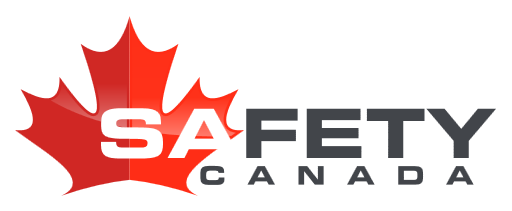Course Overview
The most important defense employees have when working with a hazardous substance is the personal protective equipment (PPE) and chemical protective clothing (CPC) they wear. Being overexposed to chemicals may cause severe illness and injury, including death.
Protective equipment and clothing are designed to help shield, isolate, or otherwise protect employees from chemical, physical, and biological hazards when engineering and work practice controls alone are not protective enough. However, protective gear and safety clothing can also pose hazards, such as heat stress and impaired vision. It's extremely important for employees to be well informed and able to analyze which safety gear or clothes would be best in a situation.
This HAZWOPER training course is designed to inform learners of the different types of PPE and CPC, including their uses and limitations, levels of protection, how to don and doff the equipment, and the importance of proper storage, inspection, and maintenance.
By the end of this course, you will be able to identify:
- Discuss the purpose for personal protective equipment and clothing and factors to take into consideration when selecting personal protective equipment and clothing
- Identify the four OSHA levels of protection for CPC ensembles, conditions that require special consideration, and some other supplies to carry when working with a hazardous substance or substances
- Describe the order in which personal protective equipment and clothing items should be donned and doffed
- Recognize when inspections of personal protective equipment and clothing should be performed and what to look for during an inspection


